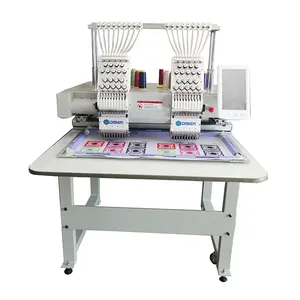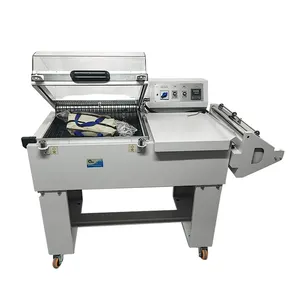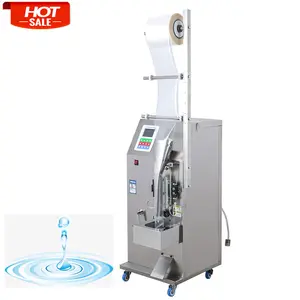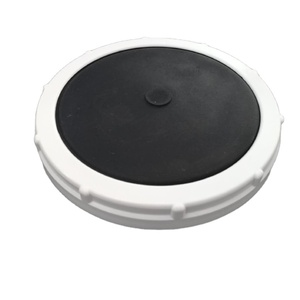Popular in your industry














































Top categories
About tow behind core aerator
Introduction
Lawn care is an art that requires the right tools and techniques to achieve a lush, green, and healthy turf. One such tool that is revolutionizing lawn care is the tow behind core aerator. This piece of equipment is designed to combat soil compaction, a common issue that hinders the growth and health of your lawn. By pulling up small plugs of soil, it allows water, air, and nutrients to penetrate deeper, promoting stronger roots and healthier grass. This article delves into the science behind core aeration, the benefits of using a tow behind core aerator, and how to choose the right one for your lawn.
Understanding Core Aeration
Core aeration is a crucial lawn care practice that involves pulling up small dirt plugs from your lawn to relieve soil compaction. Over time, soil becomes compacted, making it difficult for water, air, and nutrients to penetrate. Core aeration improves fertilizer uptake, reduces water runoff, strengthens roots, reduces compaction, enhances heat and drought tolerance, and improves resiliency. The timing for core aeration depends on the type of grass you have, with cool-season grasses best aerated in the fall and warm-season grasses in late spring/early summer.
What is a Tow Behind Core Aerator?
A tow behind aerator, also called a pull behind aerator, is a piece of equipment that must be towed by a lawn tractor. It is used for aerating turf, a necessary part of turf or grass maintenance. This type of aerator offers an unbeatable range of benefits. It is backed by the engine on your tractor, and one of our tow behind units tends to be at least twice as wide with twice as many spoons or tines as your average walk behind unit. This makes the job go twice as fast as the competition.
The Science Behind Core Aeration
Core aeration is a chemical-free method that can improve root growth. It allows water, oxygen, fertilizer, lime or seeds to penetrate the earth. The primary way of doing this is to poke holes in the top layer of the soil. This can be done manually on a small property, but for larger areas, a tow behind core aerator is used. This machine punctures the soil with hollow tubes and throws out plugs of compacted dirt in its wake. This process prevents runoff, improves drainage, and ultimately enhances the health of your lawn or farm.
Benefits of Using a Tow Behind Core Aerator
Core aeration, especially when performed with a tow behind core aerator, offers numerous benefits for your lawn. It allows air, water, and fertilizer to better reach the root zone, stimulating root growth and creating healthier, stronger turfgrass plants. The process also relieves soil compaction, enabling your grass to grow deeper roots and make better use of water and fertilizer. This can result in a lawn that's more resistant to heat and drought stress. Over time, with regular aeration, your lawn will be healthier, more vigorous, and easier to maintain.
Improving Soil Health
Soil compaction is a common issue that prevents grass from establishing a healthy root system and hinders water and fertilizer from reaching the roots. Aeration can help relieve soil compaction, allowing your grass to grow deeper roots and make better use of water and fertilizer. The process involves mechanically removing small plugs of soil from the lawn, which improves natural soil aeration. This is particularly beneficial for lawns growing on compact, clay-heavy subsoils. Over time, aeration can enhance your lawn's heat and drought stress tolerance.
Enhancing Grass Growth
Core aeration can significantly enhance grass growth. By mechanically removing small plugs of soil and thatch from the lawn, aeration allows air, water, and fertilizer to better reach the root zone. This stimulates root growth, leading to the creation of healthier, stronger turfgrass plants. In compacted soils and on lawns with slopes, aeration can make an immediate difference in water puddling and runoff. After aeration, your lawn should be able to go longer between waterings, without showing signs of wilt. With repeat aerations over time, your lawn will show enhanced heat and drought stress tolerance.
Efficient Water Usage
Core aeration can enhance efficient water usage in your lawn. By aerating your lawn, you improve water infiltration in heavy soils and increase the moisture-holding capacity of sandy soils that drain rapidly. This practice reduces irrigation requirements, as it allows water to reach deeper into the soil, promoting healthier and more drought-resistant grass. Furthermore, it discourages wasteful surface runoff, ensuring that your lawn utilizes every drop of water.
Ease of Use and Time Efficiency
The tow behind aerator not only saves about half the time, but it also makes the task easier. All you need to do is drive the tractor up and down your field or grounds and our machine handles most of the work. While a professional walk behind aerator is self-propelled, you’re still expending a lot of effort and breaking a serious sweat. This efficiency comes from the engine on your tractor and the fact that our tow behind units tend to be at least twice as wide with twice as many spoons or tines as your average walk behind unit.
Choosing the Right Tow Behind Core Aerator
Choosing the right tow behind core aerator depends on your lawn's size and soil type. For large areas with hard, compacted clay soils, plug aerators work best. They remove plugs of dirt, providing larger holes that allow more nutrients to enter the soil. If you have sandy soil, a spike aerator with at least a 2.5-inch spike is a good choice. Remember, the best aerator for your lawn should align with your lawn's specific needs, storage space, and budget.
Key Features to Consider
When choosing a tow behind core aerator, consider these key features. Look for a model with heat-treated steel tines, which extract 3" soil plugs, allowing water, seed, and fertilizer to reach the root zone. The aerator should have a weight tray for added penetration in compacted areas. The tine sections should rotate independently to prevent lawn damage during turns. A universal hitch for easy attachment to lawn tractors is also beneficial. Lastly, consider models with a transport lever and large treaded wheels for easy maneuverability across driveways and walkways.
Conclusion
In conclusion, a tow behind core aerator is an invaluable tool for any lawn care enthusiast or professional. It offers a chemical-free solution to soil compaction, enhancing the health and vigor of your lawn. By improving soil health, enhancing grass growth, promoting efficient water usage, and offering ease of use and time efficiency, it revolutionizes lawn care practices. Choosing the right aerator depends on your lawn's size and soil type, with key features to consider including heat-treated steel tines, a weight tray, and a universal hitch. With a variety of models available on Alibaba, you can find the perfect fit for your lawn care needs.




























